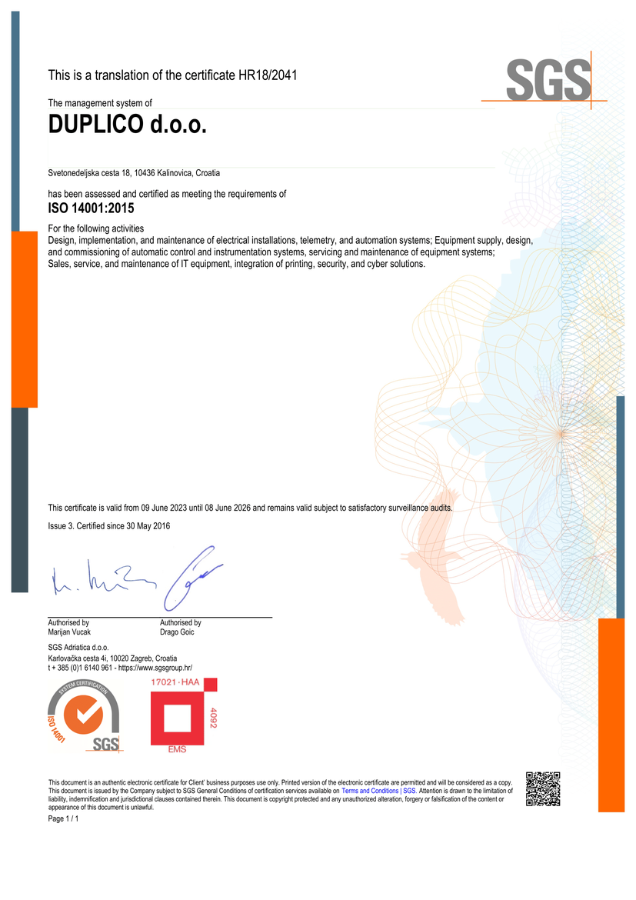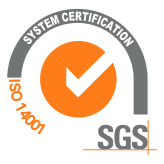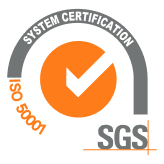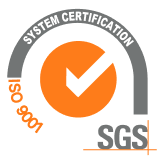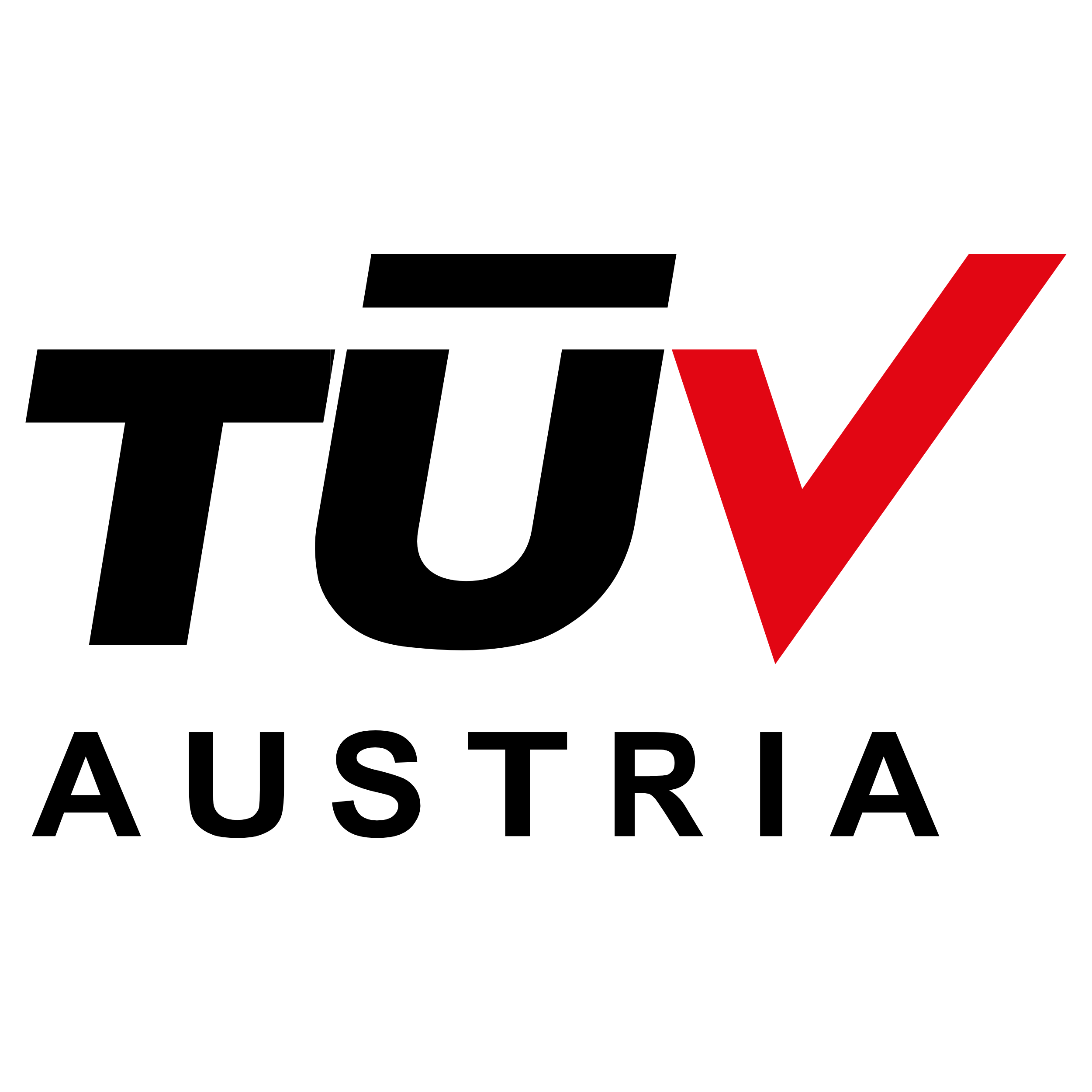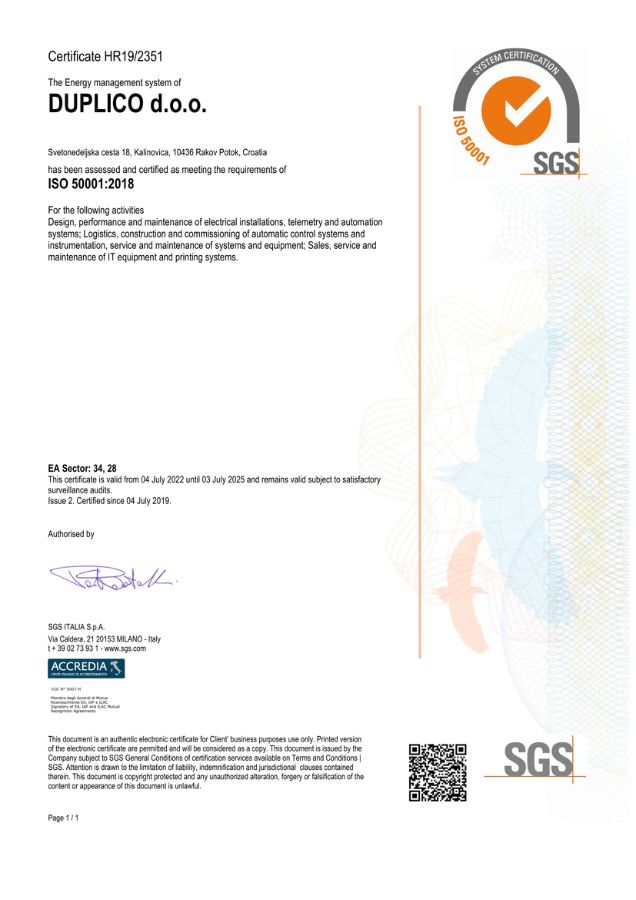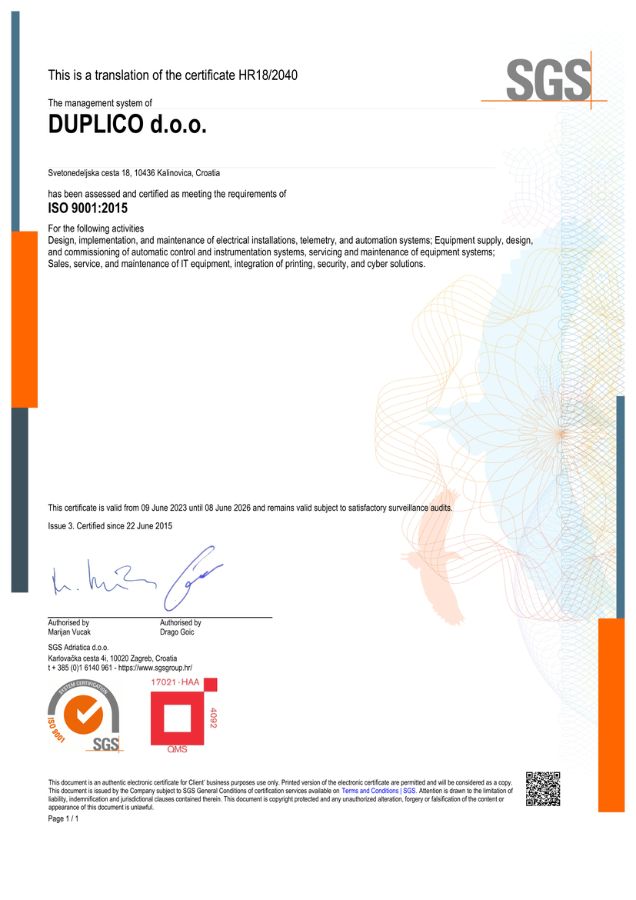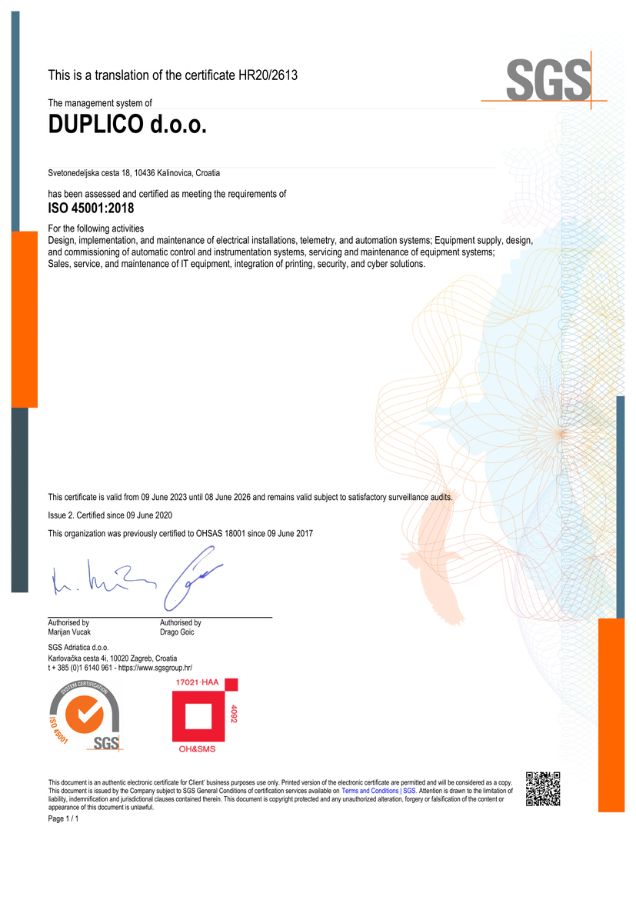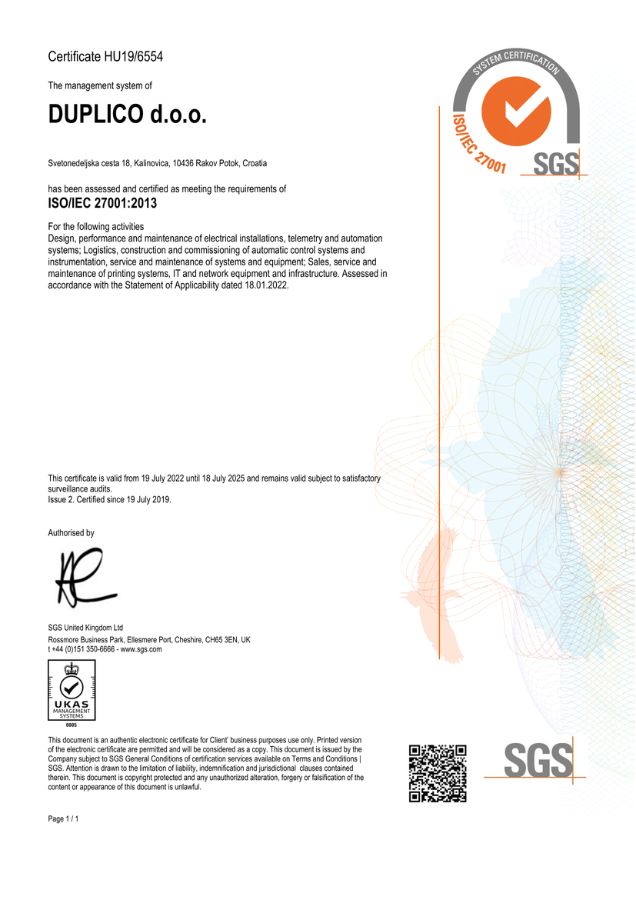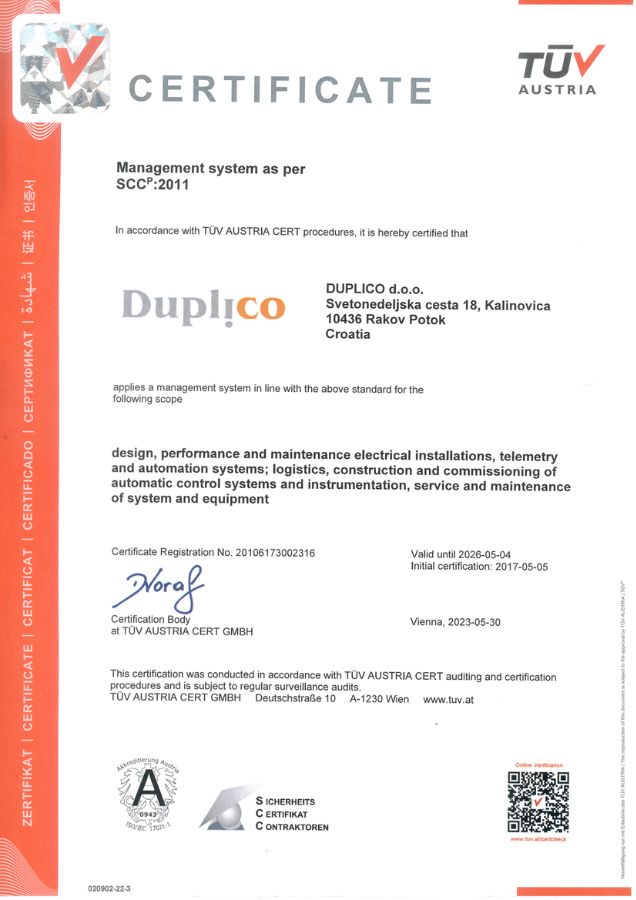For the management system according to ISO 14001: 2015
Environment is a surrounding in which an organization operates. The environment includes air, water, soil, natural resources, flora, fauna, humans and their mutual relationships. ISO 14001: 2015 Environmental Management Systems norm – The requirements in the operating instructions state requirements for an environmental management system that will enable the organization to develop and implement policies and targets that take into account legal requirements and information on significant environmental aspects. The main purpose of this international standard of support for environmental protection and the prevention of polution is in balance with socio-economic needs. Among other requirements, the norm also prescribes policy requirements and environmental managment goals.
The management of an organization wishing to introduce an environmental management system in accordance with ISO 14001: 2015 must define the environmental management policy of the organization and ensure that such policy is consistent with the nature, scope and impact of its activities, products or services on the environment. It must also ensure that policy involves the commitment of the management to permanently improve and prevent pollution and includes the commitment of compliance with the corresponding legal requirements and other requirements that the organization has commited in relation to its environmental aspects. Environmental management policy must provide a framework for setting up and reviewing general and individual goals. The policy prescribed must be accessible to the public and must be communicated to all persons working in the organization.
The organization must establish, apply and maintain documented general and individual goals at the appropriate functions and levels within the organization. General and individual goals must be measurable, whenever possible, in accordance with environmental management policy, including commitment to prevent pollution, compliance with the relevant legal requirements that the organization is commited to and commitment to lasting improvement.
